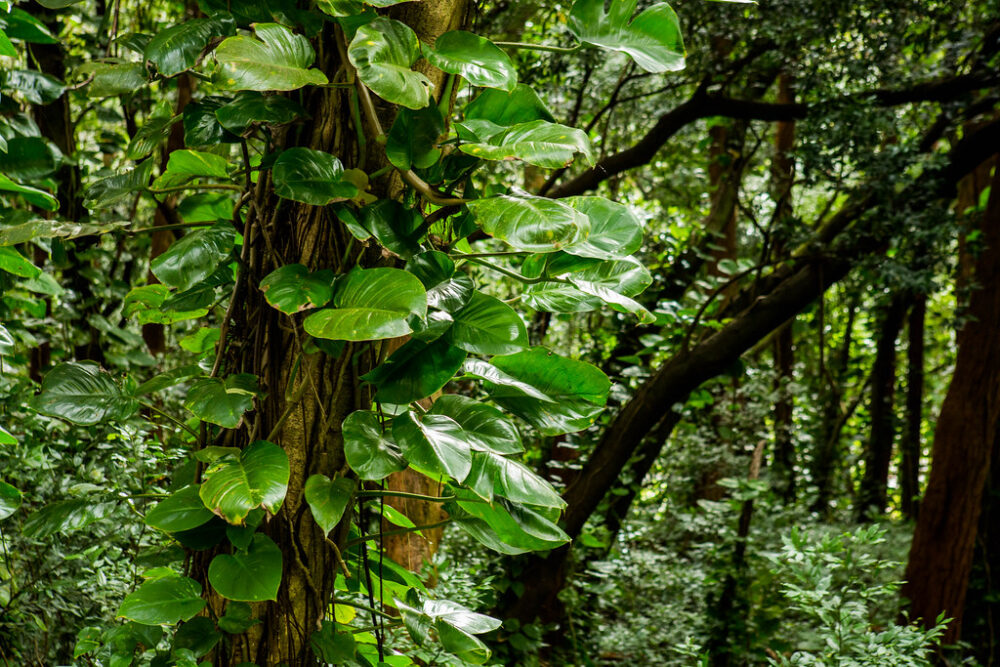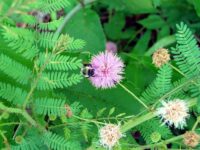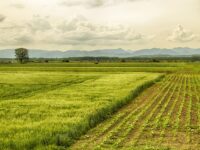While scientists have described over 350,000 plant species, as many as 100,000 plant species remain unknown. These undiscovered plants are the dark matter of botany, their identities and locations obscured to science. Yet, with extinction threatening an estimated 77% of undescribed plant species, the time to document them is running out. Identifying these species is essential for effective conservation, but finding them before they are lost presents a key challenge. To address this difficulty, a new study by the Royal Botanic Gardens of Kew highlights priority areas for plant collection efforts in 33 plant diversity darkspots.
These darkspots contain the highest predicted amounts of undocumented and unmapped plant species awaiting scientific discovery. Most of the 33 darkspots are in Asia and South America, with the highest density of undescribed and unlocated species in Colombia, New Guinea, and China South-Central.
“These darkspots contain the highest predicted amounts of undocumented and unmapped plant species awaiting scientific discovery.”
Conserving known and unknown plant diversity is crucial to supporting healthy ecosystems. Plants construct the foundation of terrestrial habitats and provide numerous products and services, from food and medicines to water purification and carbon capture. Also, rare plant species in highly diverse ecosystems possess unique traits and are likely to perform the most vulnerable ecological functions. While common species have a comparatively better buffer against extinction due to their larger population sizes, rare species face higher threats of extinction. When an ecosystem loses a rare species, there is a greater risk that the ecosystem also loses a unique function. This link has increasingly important implications in the context of global change. For example, Pouteria maxima is a rare tropical rainforest tree with thick leaves and strong bark – distinct characteristics that can mitigate the impacts of fires and droughts, which are predicted to become more frequent and intense with climate change. Since many unidentified plants are likely rare, their conservation is vital for ecological resilience, enabling ecosystems to adapt to changing conditions.
Nearly all the darkspots overlap with the 36 global biodiversity hotspots – high-priority conservation areas rich in unique plant species seriously threatened by habitat destruction. The connection between darkspots and hotspots suggests that regions requiring additional species collection also need urgent protection. The one exception to this darkspot-hotspot intersection is New Guinea. Although New Guinea has the greatest known plant diversity of all the world’s islands, it is not yet considered threatened enough to meet the hotspot criterion of at least 70% native vegetation loss. However, as overexploitation and land conversion to agriculture in New Guinea increasingly threaten the island’s native plants, the importance of improved species documentation and conservation will only continue to grow.
Considering various socioeconomic factors and existing environmental protections, the researchers identified six priority darkspots: Colombia, Myanmar, New Guinea, Peru, Philippines, and Turkey. These areas lack the necessary resources to describe new species and current protections to conserve native vegetation, meaning they most require enhanced species documentation efforts. Identifying species entails greater investments in field expeditions to collect new plants, along with analyses of previously gathered data. Many species are discovered by examining existing herbaria – collections of preserved plant specimens for long-term scientific study. Coordinated global and regional species detection endeavors in the priority countries and other darkspots are integral since finding the remaining undescribed species may be more challenging.
Effective plant species collection and conservation efforts rely on integrating Indigenous and local knowledge with scientific research. Many Indigenous peoples have a deep understanding of local biodiversity, including information about plants unknown to science. Also, engaging community members in citizen science provides a practical pathway to supplement botanical knowledge.
The plant diversity darkspots emphasize an urgent need for improved species identification and protection. The longer the delay in conservation, the more plant species will go extinct, and the more ecosystems will suffer. Closing the gaps in botanical knowledge to inform successful conservation strategies is vital to protect ecosystem health and human well-being. Uncovering botany’s dark matter will reveal untold mysteries holding the keys to a sustainable future.
“Uncovering botany’s dark matter will reveal untold mysteries holding the keys to a sustainable future.”





